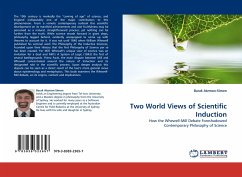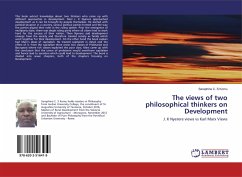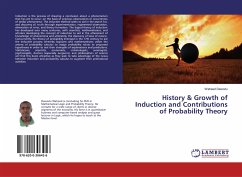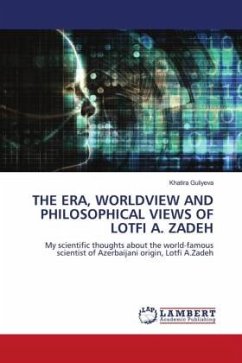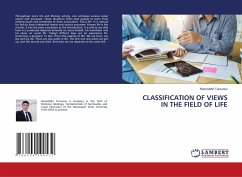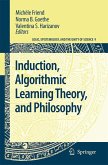The 19th century is markedly the coming of age of science, and England indisputably one of the major contributors to this phenomenon. From a remote contemporary outlook this scientific development on its manifold achievements and vast fruitfulness may be perceived as a natural, straightforward process; yet nothing can be further from the truth. While science strode forward in giant steps, philosophy lagged behind, evidently unequipped to come up with theories to account for it. It was not until 1840 when William Whewell published his seminal work The Philosophy of the Inductive Sciences, Founded upon their History that the first Philosophy of Science per se has been created. For Mill, Whewell s unique view of science was an invitation for a duel and Mill s A System of Logic (1843) the first of several battlegrounds. Prima Facie, the main dispute between Mill and Whewell concentrated around the nature of Induction and its designated role in the scientific process. Upon deeper analysis this dispute can be seen as a direct result of the two s more general views about epistemology and metaphysics. This book examines the Whewell-Mill debate, on its origins, content and implications.

